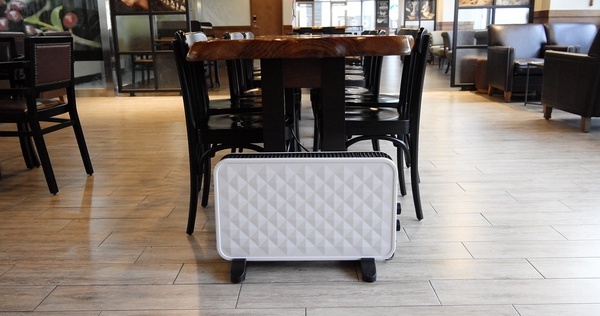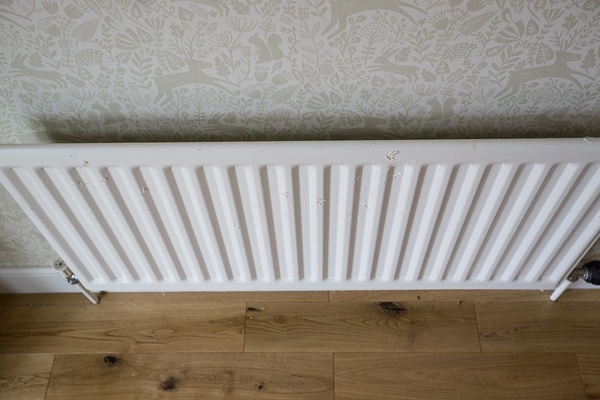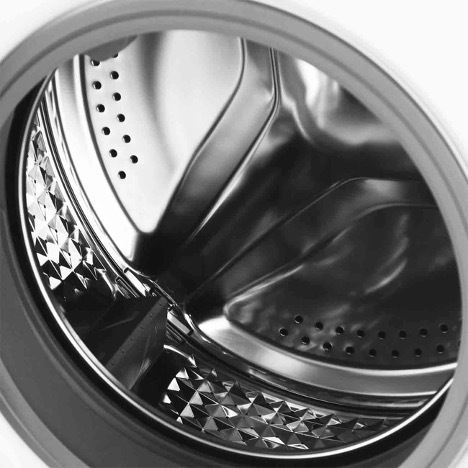
creativecommons.org
Energy-saving convector heaters are not too “abstruse word”, but the name of an advanced heating system for absolutely any room. Its design gives such efficiency indicators that you simply never dreamed of. And all thanks to a small detail, which we will talk about as part of a short review of energy-efficient convectors. Make yourself comfortable, because a fast and high-quality excursion awaits you!
The content of the article
- On what principle do energy-saving convectors work?
- What are the advantages of using electric energy-saving convectors?
- What heater can stand in the convector
- Energy-saving electric heating convectors - what varieties are worth talking about
On what principle do energy-saving convectors work?
There are no problems here, we tell it simply and clearly: all the air that has received heat from the system rises. You can even feel temperature fluctuations at different altitudes as soon as you turn on the heater.
Energy-saving heating convectors, like standard ones, work according to the “natural convection” method. The devices have ribbed heaters, under which the air warms up and becomes “lighter”. As the mass of the atmosphere decreases, it rises to the ceiling, and more cold air masses come in its place.
Thus, natural convection not only moves all the air around the room, but also mixes it. If we look at the heated room through a special thermal imager, we can clearly see two zones: with warm and cold air (above and below, respectively).
The entire air mass is in a constant flow - it enters energy-saving convector heaters through the floor, and is discharged through the upper edges to the ceiling, displacing the cold mass.
What are the advantages of using electric energy-saving convectors?
Using a classic or more economical version of the heater, we create comfort in our home. Among the main advantages of the equipment, it is worth highlighting the following:
- You won't get any noise. Almost all energy-saving convectors for the home are completely silent (except for devices with forced convection);
- Instruments do not affect the level of oxygen in the atmosphere;
- Compared with infrared devices, they do not carry any harm to the human body;
- Fast heating of a cool room - especially when you bought a device with a forced convection function;
- Installing energy-saving electric convector heating significantly reduces the price of utilities.
Think about it: why buy sensational infrared systems or gas burners when you can put only one convector in the house and enjoy warmth and comfort?

creativecommons.org
What heater can stand in the convector
The heating elements, produced in needle, tubular and monolithic variations, did not remain without features. Each has its own characteristics, which are worth dwelling on in more detail.
Needle - a plate of small thickness, made of a dielectric. A chrome thread is attached to it, forming loops on both sides. Heating and cooling of such a thin thread occurs in a fraction of a second. Convectors of this type give off heat with their body.
The thread has an additional coating, but is in no way protected from a humid environment - beware of rooms with dampness and a high percentage of moisture. The main advantage is low cost, so the systems are popular among inexperienced users. It is better to pass by such a device, as its shelf life is extremely short.
The tubular heating element is a familiar feature, found more in boilers than in converter furnaces. It looks like a metal tube wrapped with nichrome thread. The tube is a heat insulator, and it also has a mound of heat-conducting substance inside. Aluminum fins are located on the tube, enhancing the effect of convection and heat transfer.
The heating element heats up in speed in the same way as the needle one, but differs in its longer "life". Also, the system is "packed" in a moisture-proof environment, so it can even be placed in the bathroom (no wonder the boilers are in the bathrooms). However, without flaws, too, nowhere - during operation, a very “strange” sound of wiring crackling appears. Do not worry, this is his usual mode of operation, but still sometimes alarming.
And monolithic systems do not make sounds at all. All due to the fact that a solid heating block is located inside. They are effective both in heating a small room and in large houses. Distinguished by their low heat loss.
Energy-saving electric heating convectors - what varieties are worth talking about
Earlier we got acquainted with the device of such a system and its advantages. But that's not all, because heaters have their own classification. Among all models, there are three modifications, depending on the method of installation:
- Wall-mounted - mounted on brackets in solid places on the wall. Can be placed under a window or along a "blank" wall.
- Floor-standing systems are the easiest to use systems, as they do not require special installation. The main advantage is mobility. We can either put the heater on a stand in one place or move it around the room.
- Built-in floors - a special heating option for rooms with large windows (they are also called panoramic). Such panels are mounted in allotted niches and covered with metal bars.
For lovers of the exquisite, designer models with a multi-colored body, drapery, mosaics, and anything else can be found on sale! The main thing is to find your own technique that suits you: not only externally, but also technically.


